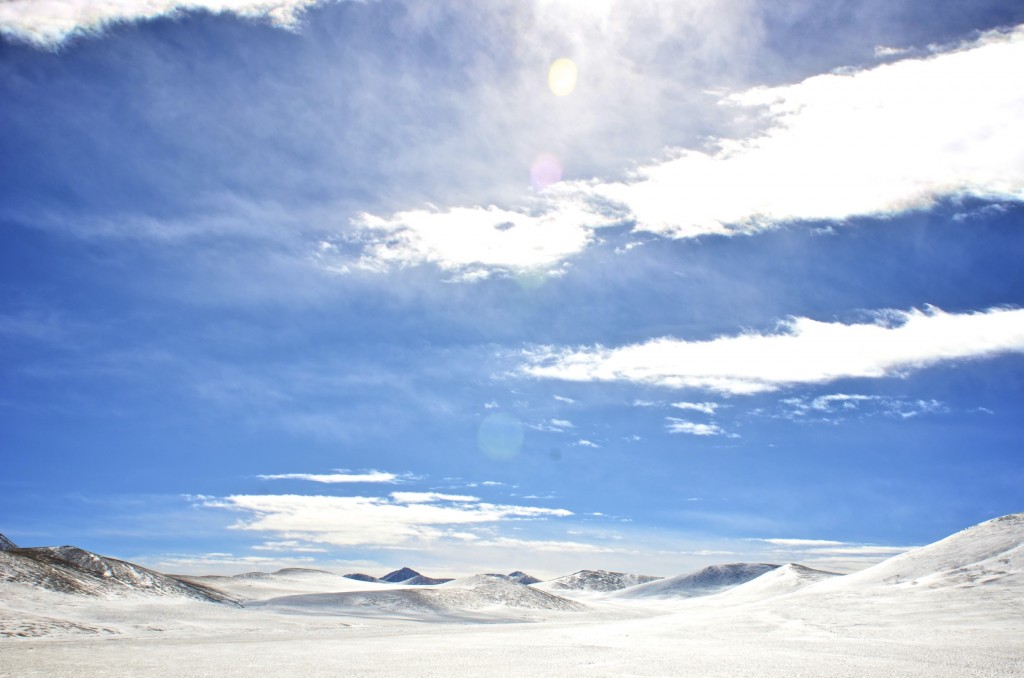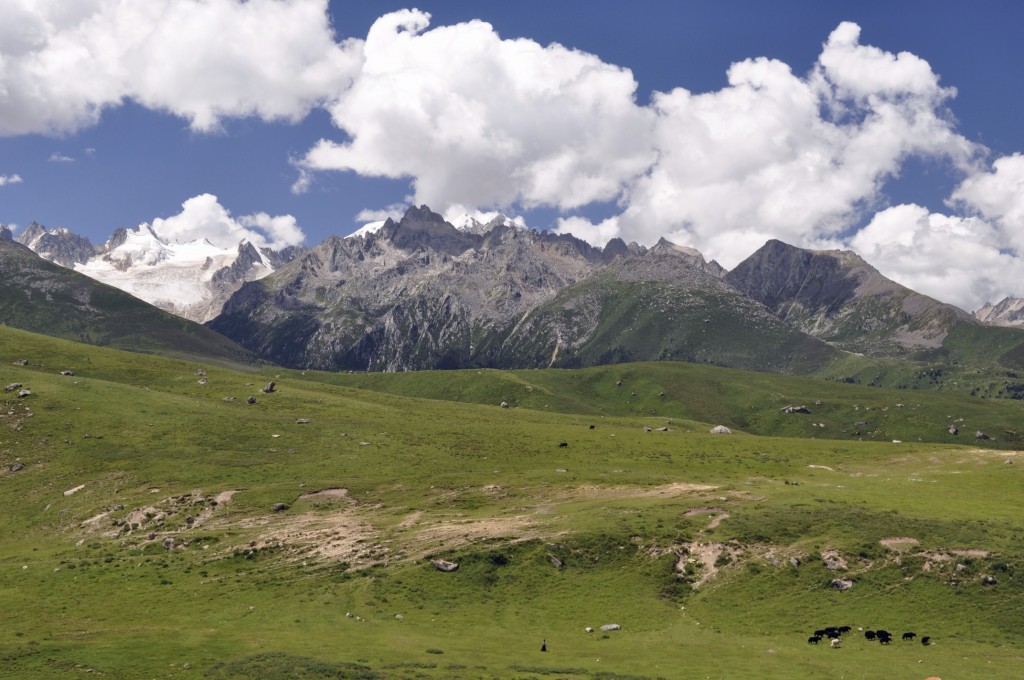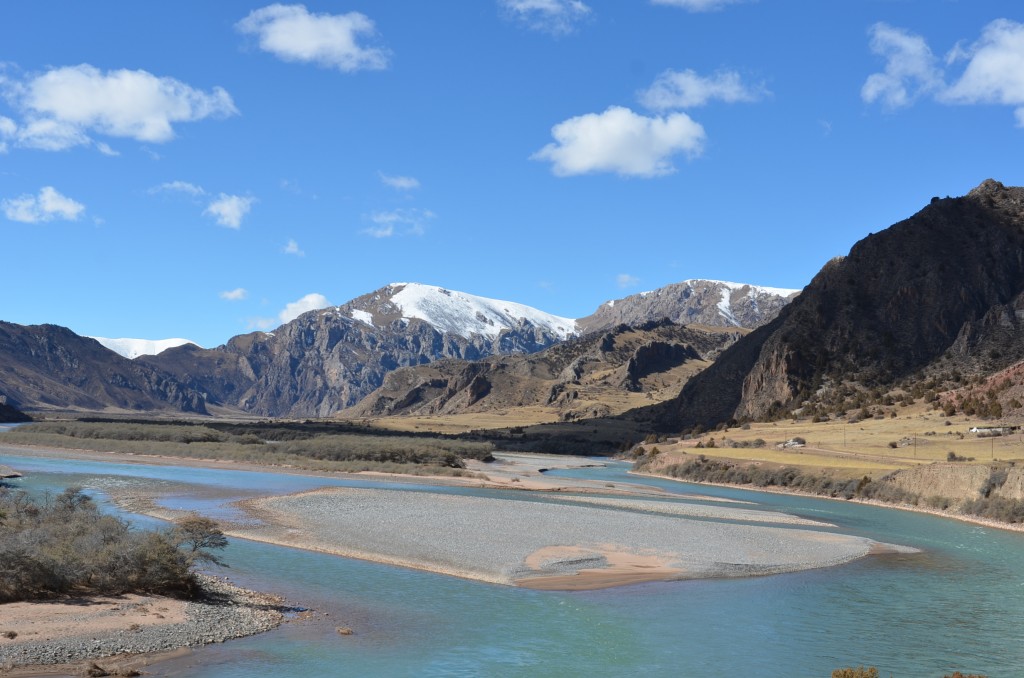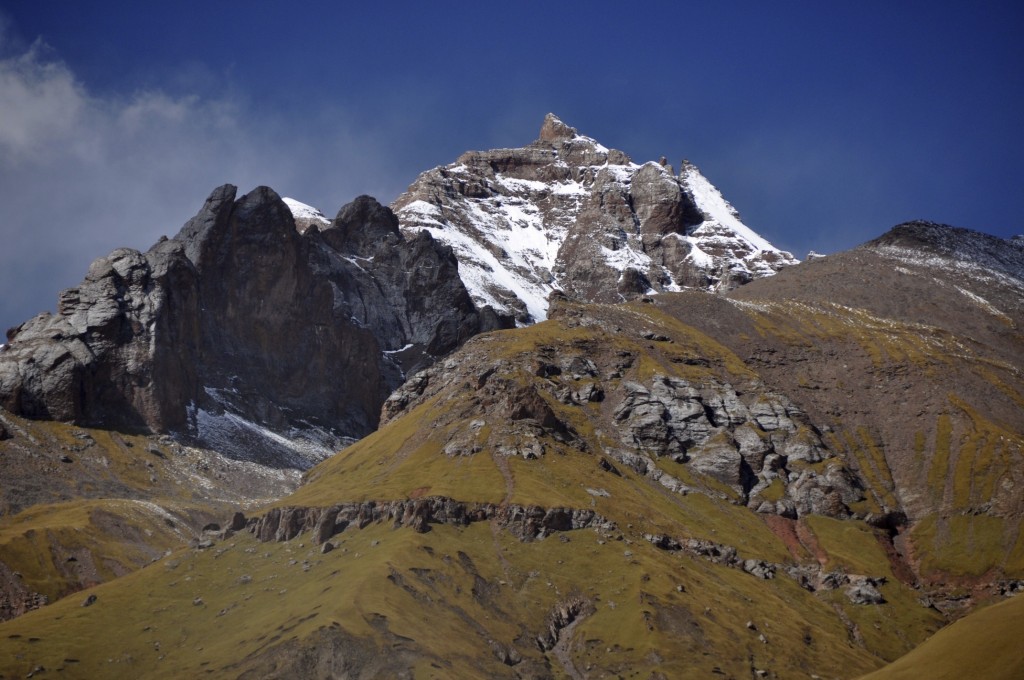Tibet is probably not as cold as you think! With proper clothing, Tibet can be visited year round. Read this post for further information.
For a Recommended Packing List for Tibet along with weather information, please go to the following link: Recommended Packing List of Tibet
For Tibet tour and travel information, send an email to: thelandofsnows@gmail.com
Tibet: Too cold to travel to??
One of the most common questions I am asked is if Tibet is “too cold to visit”, particularly in the winter months. While Tibet is known as “The Land of Snows”, with proper clothing Tibet is fine to travel to all year long. I go to the beaches of Thailand nearly every year for vacation. If I show up to the beach when its 35C (95F) outside while wearing my mountain climbing boots and my Patagonia down coat with gloves and a hat on, I am probably going to die. I don’t need those types of clothes for a hot climate. In the same way, if you show up to Tibet when its -5C (23F) wearing flip-flops and shorts, you are probably going to freeze and be miserable because you are wearing the wrong clothes.
Personal Experience from Chinese Travelers
Several years ago I was taking the train to Lhasa from Xining in early September. In my hard sleeper compartment was a very nice Chinese guy from Shanghai. This Chinese guy was CONVINCED that Lhasa was going to be below freezing with snow on the ground. I tried telling him it wouldn’t, but he thought I was crazy. Even though the inside of the train was a comfortable 21C (70F), he was wearing heavy socks, big hiking boots, a heavy fleece and a thick down coat. I was comfortable while wearing about 1/4 of the amount of clothes he had on. Once we pulled into Lhasa, he then added a hat and gloves before exiting the train. Once we exited the train, he quickly realized that Lhasa was not sub-zero or arctic-like, but a pleasant 26C (79F) with bright blue skies. He quickly took off most of his clothes, which probably would have been too warm even on the summit of Everest!
The Truth About Lhasa
Lhasa, for some reason, has a reputation as being this icy cold, frozen city…which it isn’t! Now compared to Singapore, Rio de Janeiro or South Florida, sure, Lhasa will seem quite cold, but most people are quite surprised by the weather in the Tibetan capital. In the winter months over the past 20 years, Lhasa has averaged a day time high temperature of 8C (47F) and a low temperature of -6C (22C). Those are not even close to Arctic-like temperatures! Many cities across North America and Europe are much, much colder in the winter than Lhasa. Nearly all of the main hotels catering to foreigners have heat….many budget hotels and hostels included. If you have ever been to Lhasa, you will know that when the sun is out it feels much, much warmer than the actual temperature due to the strong UV rays from the sun.
With Proper Clothing, You Will Be Fine!
There are some regions of Tibet that really are Arctic-like in the winter time. However, with the exception of the Everest and Kailash regions, most of the really cold regions of Tibet are seldom visited, especially in the winter months. Even those cold areas can be visited as long as you are properly prepared. From reading some of the emails I have received over the years, it seems like some people have never even heard of coats or fleeces! Again, if you show up in Tibet with flip-flops/sandals and wearing shorts, you will probably be quite cold. However, with proper clothing, you will be perfectly fine to spend your day outside enjoying Tibet.
One winter day in Lhasa several years ago, I was on the roof of the Potala enjoying the view of the city from there. The temperature that day was a pleasant 12C (54F) with bright, warm sunshine. On top of the Potala with me were some travelers from Hong Kong wearing a full down snow-suit, mountaineering boots and about 15 kgs worth of other unnecessary clothing. They were literally wearing more clothing than people wear when summiting Everest (where wind chill can reach below -60C/-75F) and they were miserably uncomfortable. There is no need to wear this much unnecessary clothing.
There is no need to go out and spend $900 on a down-coat that you will only wear when in Tibet. You can pick up a decent down-coat for a fraction of that cost. When going to Tibet, it is best to wear layers of clothing as the temperature in the afternoon can be significantly warmer than in the mornings. In winter, I normally wear a t-shirt with a thin thermal shirt over the top of it. I then wear a medium fleece with a medium weight down jacket. If I am in areas above 4500 meters, I will wear a heavy down coat (though often in the afternoons I have to take my down coat off because it is too warm). I also wear thin thermal bottoms along with a pair of mid-weight hiking/trekking pants. In the morning times, fleece gloves and a hat are usually needed, but again, many times by the time afternoon comes, I have to take the hat and gloves off.
The summer months in most of Tibet are quite pleasant. Summers in Lhasa bring an average high temperature of around 23C (73F) with overnight lows averaging around 13C (56F). In the summers it is also best to dress in layers. Thermal tops and bottoms are not really necessary in the Lhasa—Gyantse—Shigatse areas as the weather is too warm for these. However, a good fleece and a light to mid-weight jacket is needed. It is not uncommon to see many North Americans and Europeans wearing shorts in Lhasa and Shigatse during the summer months.
If you plan to go to certain off-the-beaten-path areas such as Kailash, the Changthang or certain parts of the Kham and Amdo regions (areas above 4000 meters in Kham and Amdo), the weather can be frigid in the winter time (temps reaching -30C or colder) and cold even in the summer (lows still reaching -10C). When traveling to these areas, cold weather clothing should be brought any time of year.
Summary
Bottom line…Tibet is not too cold to visit, even in the winter months. And, it will probably be warmer than you think (especially in and around Lhasa). There is an abundance of good quality outdoor clothing companies that make excellent products. As long as you are properly dressed, you can have a great time enjoying Tibet while being outdoors. If you have any questions about what clothing you should bring on your upcoming Tibet journey, send me an email at thelandofsnows@gmail.com and I will do my best to get back to you.





Nice thing about living at elevation …. With out being to high is the feeling of eternal spring …. Not too hot …not to cold… That being said there always days that are exceptions.
I live in Dali Yunnan and get the same reaction in summer monthes from people saying we are south so it must be 45C outside …. We have no heating and no ac for a reason.
Thanks for all your information. Great site.
If you do aspire to wear shorts especially in Tibetan areas please be sensitive to the feelings and views of the locals. Having lived in a Tibetan town for a number of years I was ashamed on occasion to see ‘westerners’ (mainly young females) very inappropriattely dressed……..another good reason,however, to avoid extra short shorts is that on the high Tibetan plateau the UV light through all seasons is very high and it is easy to get burnt…..so remember the sunblock. As important as advice on clothing is the need to increase your daily water intake when travelling to the high plateau areas which helps to combat the effects of altitude sickness Also try to plan your travels to the high plateau in stages and stopping off at a town ( eg Kangding) at a fairly high altitude before traveling higher. In that way your body will have time to cope with the effects of altitude. I hope travellers with find these comments helpful.
When referring to ‘altitude sickness’ I meant the adverse effects of increased dehydration that occurs at higher altitudes, rather than pulmonary oedema which is a serious lung condition that can affect soome paople (’principally mountaineers) at high altitudes,